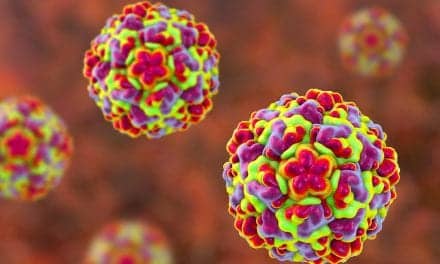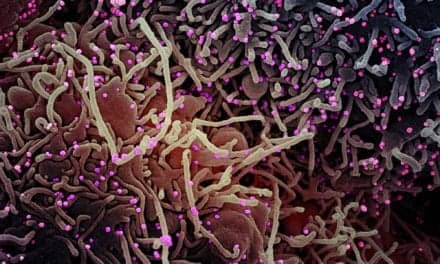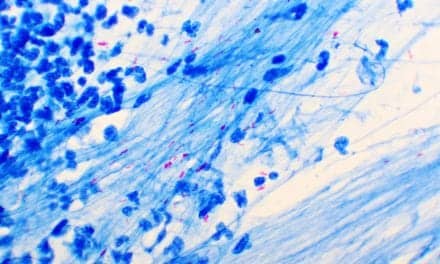Shortly after Human Coronavirus-Erasmus Medical Center (hCoV-EMC) enters lung cells, it induces changes in how the cells’ genes are regulated, according to researchers. This behavior is similar to that of the SARS virus, but hCoV-EMC does so sooner.
“We found that a set of 207 genes in the lung cells was dysregulated early and permanently throughout infection with human coronavirus EMC,” said lead author Laurence Josset, a virologist in the Department of Microbiology, School of Medicine, University of Washington.
Researchers found the new virus appeared to interfere with genes that enable the body to sense the presence of viruses. They believe this type of gene re-tuning by the virus could significantly lower the ability of lung cells to mount an appropriate antiviral reaction.
The scientists obtained a rapid, comprehensive assessment of the infective strategies of hCoV-EMC by creating a global profile of how it disrupts gene transcription, the process by which DNA is copied into RNA for subsequent translation into proteins. The data was analyzed with computer programs that predict which current drugs might be re-purposed to correct the body’s virus-co-opted immune response. They believe the method could have widespread applications in fighting future dangerous viruses.
hCoV-EMC, which is named for the Dutch hospital that identified the specimen from a Saudi Arabia patient, belongs to the betacoronavirus family, as does SARS. The new virus, however, is more closely related to bat coronaviruses than to SARS, according to researchers.









